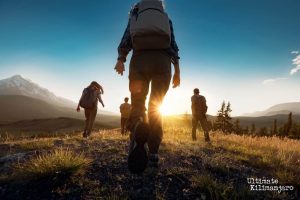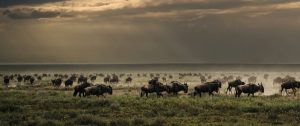Snow Cover on Kilimanjaro: An Overview
Mount Kilimanjaro, the tallest peak in Africa, is known for its breathtaking views and iconic snow-capped summit. However, in recent years, the snow cover on Kilimanjaro has been diminishing at an alarming rate. The current status of snow on Kilimanjaro serves as a stark reminder of the impact of climate change on our planet.
At one point in time, Kilimanjaro’s glaciers were a prominent feature of the landscape, attracting tourists from around the world. However, due to rising temperatures and changing weather patterns, the snow and ice on Kilimanjaro have been steadily decreasing. In fact, studies have shown that over the past century, the glaciers on Kilimanjaro have lost more than 80% of their ice cover.
Factors Affecting Snow Levels on Africa’s Tallest Peak
There are several factors that contribute to the diminishing snow levels on Kilimanjaro. One of the main factors is global warming, which has led to an increase in temperatures around the world. As temperatures rise, the snow and ice on Kilimanjaro are unable to replenish themselves, leading to a loss of snow cover.
Deforestation is another significant factor that has contributed to the decline in snow levels on Kilimanjaro. The clearing of forests for agriculture and development has disrupted the local climate, leading to changes in precipitation patterns and ultimately affecting the snow and ice on the mountain.
Additionally, changes in cloud cover and precipitation have also played a role in the diminishing snow levels on Kilimanjaro. As weather patterns shift, the mountain receives less snowfall, further exacerbating the loss of snow and ice on its slopes.
Despite these challenges, efforts are being made to preserve the remaining snow and ice on Kilimanjaro. Organizations such as Sunset Africa Safari have been working to raise awareness about the impact of climate change on the mountain and promote sustainable tourism practices. By educating visitors about the importance of conservation and supporting local initiatives, these organizations are helping to protect Kilimanjaro’s fragile ecosystem.
If you are interested in experiencing the beauty of Kilimanjaro and witnessing its snow-capped summit, consider booking a tour with Sunset Africa Safari. With experienced guides and a commitment to environmental stewardship, Sunset Africa Safari offers a unique opportunity to explore this iconic mountain while supporting efforts to preserve its natural beauty.
For booking inquiries and more information about tours to Kilimanjaro, please contact Sunset Africa Safari at info@sunsetafricasafari.com. Join us in our mission to protect Kilimanjaro’s snow and ice for future generations to enjoy.



